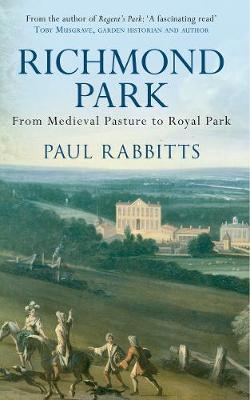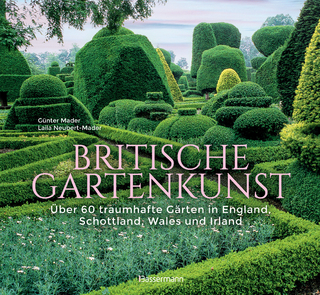
Richmond Park
From Medieval Pasture to Royal Park
Seiten
2016
Amberley Publishing (Verlag)
978-1-4456-5530-7 (ISBN)
Amberley Publishing (Verlag)
978-1-4456-5530-7 (ISBN)
The story of London’s largest Royal Park
Richmond Park is the largest Royal Park in London, covering an area of 2,500 acres. From its heights there is an uninterrupted view of St Paul’s Cathedral, 12 miles away.
The royal connections to this park probably go back further than any of the others, beginning with Edward I in the thirteenth century, when the area was known as the Manor of Sheen. The name was changed to Richmond during Henry VII’s reign. In 1625 Charles I brought his court to Richmond Palace to escape the plague in London and turned it into a park for red and fallow deer. His decision, in 1637, to enclose the land was not popular with the local residents, but he did allow pedestrians the right of way. To this day the walls remain. In 1847 Pembroke Lodge became the home of the then Prime Minister, Lord John Russell, and was later the childhood home of his grandson, Bertrand Russell.
However, Richmond Park emerges from its historical record as a place that has seen many changes in fabric and detail and yet remains the embodiment of a medieval deer park. It is a palimpsest, retaining subtle clues to each period in its history.
Richmond Park is the largest Royal Park in London, covering an area of 2,500 acres. From its heights there is an uninterrupted view of St Paul’s Cathedral, 12 miles away.
The royal connections to this park probably go back further than any of the others, beginning with Edward I in the thirteenth century, when the area was known as the Manor of Sheen. The name was changed to Richmond during Henry VII’s reign. In 1625 Charles I brought his court to Richmond Palace to escape the plague in London and turned it into a park for red and fallow deer. His decision, in 1637, to enclose the land was not popular with the local residents, but he did allow pedestrians the right of way. To this day the walls remain. In 1847 Pembroke Lodge became the home of the then Prime Minister, Lord John Russell, and was later the childhood home of his grandson, Bertrand Russell.
However, Richmond Park emerges from its historical record as a place that has seen many changes in fabric and detail and yet remains the embodiment of a medieval deer park. It is a palimpsest, retaining subtle clues to each period in its history.
Paul Rabbitts is a landscape architect and Parks Manager at Norwich City Council and is the author of over 35 books, ranging from the history of public parks, the royal parks, to the iconic Victorian bandstand and has also written a number of books on architecture in Amberley Publishing’s ‘In 50 Buildings’ series focusing on towns and cities across Britain. He is a Fellow of the Royal Society of Arts, a Fellow of the Royal Historical Society and a Member of the Chartered Institute of Horticulture.
| Erscheinungsdatum | 25.02.2016 |
|---|---|
| Zusatzinfo | 40 Illustrations |
| Verlagsort | Chalford |
| Sprache | englisch |
| Maße | 124 x 198 mm |
| Gewicht | 180 g |
| Themenwelt | Sachbuch/Ratgeber ► Natur / Technik ► Garten |
| Geisteswissenschaften ► Geschichte ► Regional- / Ländergeschichte | |
| Technik ► Architektur | |
| ISBN-10 | 1-4456-5530-6 / 1445655306 |
| ISBN-13 | 978-1-4456-5530-7 / 9781445655307 |
| Zustand | Neuware |
| Haben Sie eine Frage zum Produkt? |
Mehr entdecken
aus dem Bereich
aus dem Bereich
Obst- und Ziergehölze, Stauden, Kübel- und Zimmerpflanzen richtig …
Buch | Hardcover (2023)
Gräfe und Unzer (Verlag)
CHF 49,90
Buch | Hardcover (2023)
Bassermann (Verlag)
CHF 29,90


